Centuries ago, the land that is now Benin stood at the heart of one of West Africa’s most powerful kingdoms: Dahomey. Its kings built grand palaces, traded with distant lands, and shaped traditions that still breathe through the country today.
Then came the French, and with them, a new chapter that would turn coastal towns into colonial ports and ancient trade routes into modern roads.
Out of that history rose Cotonou, a city that carries both the weight of the past and the promise of the future.
Once a small fishing village under French control, it has grown into Benin’s largest city and economic center, balancing heritage with progress.
If you’ve been searching for a travel experience that blends history, adventure, and authenticity, Cotonou, Benin, should be next on your list.
Cotonou
Dantokpa Market
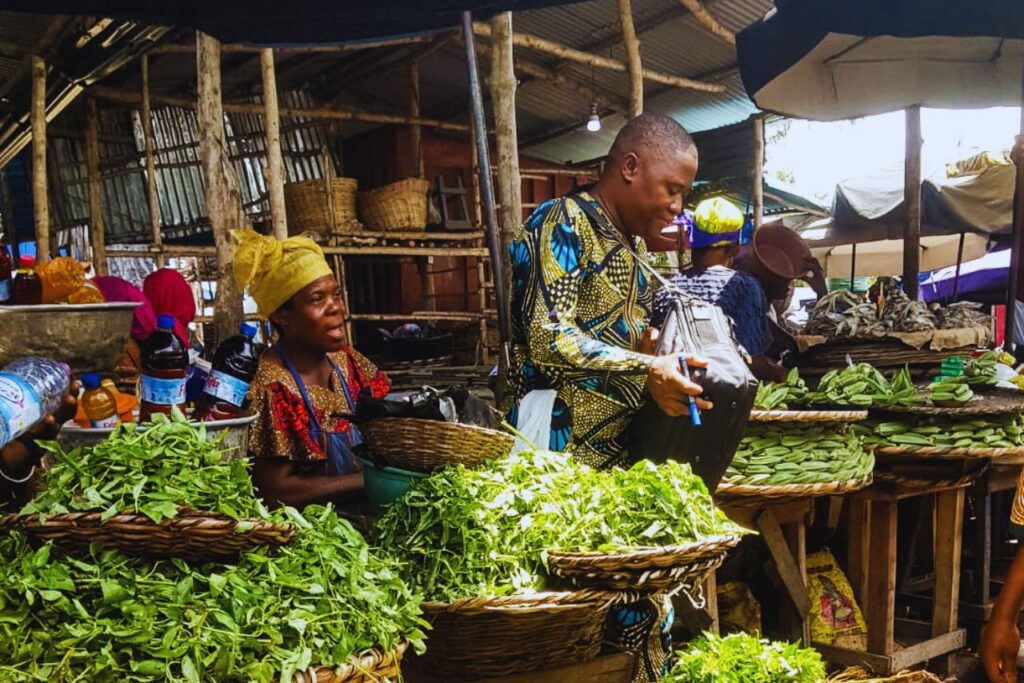
Photo source: africanlanders
Cotonou is often described as chaotic, but that’s part of its charm.
The city hums with movement, motorbikes weaving through traffic, street vendors calling out their best deals, and the Atlantic breeze carrying sounds of local life.
Start your journey at Dantokpa Market, one of West Africa’s largest open-air markets.
It’s a sensory adventure: bright fabrics, handmade jewelry, herbal remedies, and the irresistible aroma of poulet bicyclette (local grilled chicken).
Prices are negotiable, so bring your best smile and a bit of bargaining spirit.
Fidjrossè Beach

Photo source: tripadvisor
After the market buzz, head to Fidjrossè Beach, a local favorite where the city slows down.
Here, you can enjoy a cold drink under a palm tree, watch fishermen haul in their nets, or join locals in a game of football at sunset.
The beachfront bars serve fresh seafood and offer an easygoing vibe that captures Cotonou’s true essence: friendly, spontaneous, and full of life.
Artisanal Center

Photo source: visiter-le-benin
Don’t miss the Artisanal Center near Haie Vive, a cluster of workshops and boutiques where artists craft wood carvings, beadwork, and paintings that reflect Benin’s creativity.
It’s a great spot to buy souvenirs while supporting local artisans.
You can chat with the makers and learn about traditional techniques passed down through generations.
Fondation Zinsou
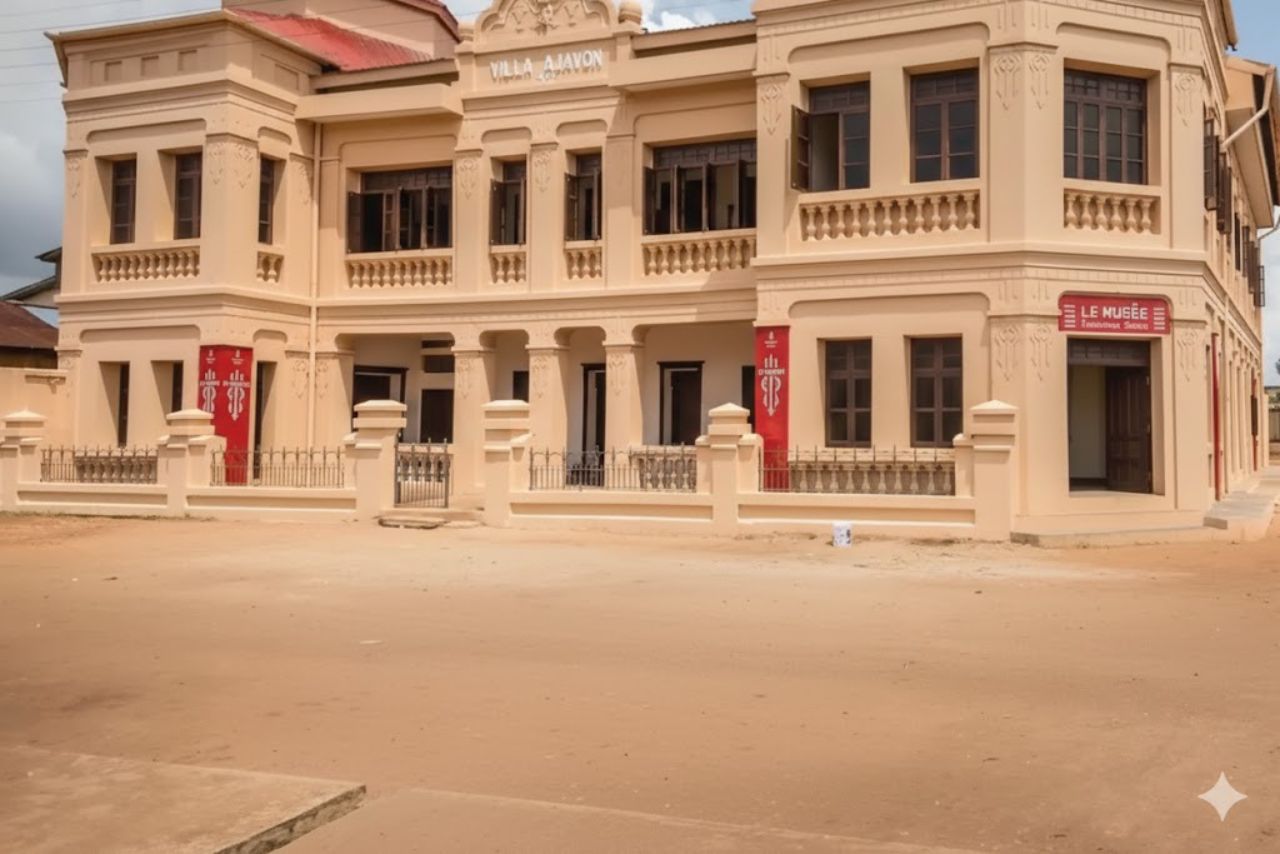
For a taste of Benin’s creative side, explore Fondation Zinsou, a contemporary art museum that celebrates African expression through photography, sculpture, and mixed media.
The gallery is beautifully curated, and entry is free, making it an easy and inspiring stop for any traveler.
Cotonou may not have towering landmarks, but it wins travelers over with its authenticity. It’s a city that makes you feel connected to the people, the music, and the moment.
READ ALSO: Abidjan Travel Guide (Ivory Coast): Nightlife, Culture & Top Attractions
Ouidah
A one-hour drive from Cotonou takes you to Ouidah, one of the most powerful cultural destinations in West Africa.
This small coastal town carries the deep stories of Benin’s past, both beautiful and haunting.
Once a major slave port, Ouidah has transformed into a place of remembrance, spirituality, and resilience.
The Route des Esclaves (Slave Route)

The Route des Esclaves is the most moving experience in Ouidah.
The 4-kilometer path traces the final footsteps of enslaved Africans before they were taken across the Atlantic.
Along the route, you’ll find symbolic stops like the Tree of Forgetfulness, the Memorial of Zoungbodji, and the Door of No Return, which stands solemnly at the beach.
It’s an emotional walk that leaves you reflective but deeply connected to the strength of those who came before.
The Temple of Pythons & Vodun Culture
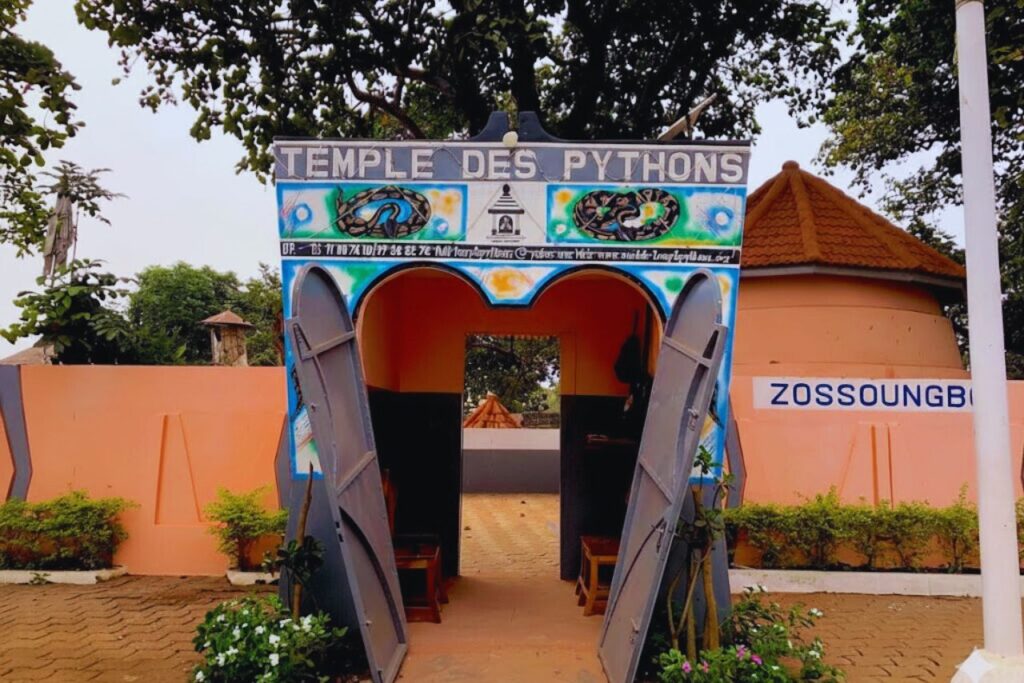
Ouidah is also the spiritual home of Vodun (Voodoo), an ancient faith that celebrates nature, ancestors, and harmony.
Visit the Python Temple, where sacred pythons are honored as symbols of fertility and protection.
The Ouidah Museum of History, housed in an old Portuguese fort, adds depth to the town’s story with artifacts that bridge Africa’s precolonial and colonial eras.
The Annual Voodoo Festival

Photo source: blastours
If you visit in January, you’re in for something extraordinary.
The Voodoo Festival, held every January 10, transforms Ouidah into a sea of color, rhythm, and devotion.
Drummers, dancers, and worshippers fill the streets in celebration of a religion that’s still alive and deeply respected.
It’s one of the most powerful cultural events in West Africa and a highlight for anyone visiting Benin.
Ouidah is peaceful, welcoming, and profoundly meaningful. It’s the kind of place that makes you slow down and listen to the waves, the chants, and your own thoughts.
READ ALSO: Monrovia Travel Guide (Liberia): What to Do, Eat & Explore in the Capital
Other Places to Visit in Benin
Ganvié (The Venice of Africa)
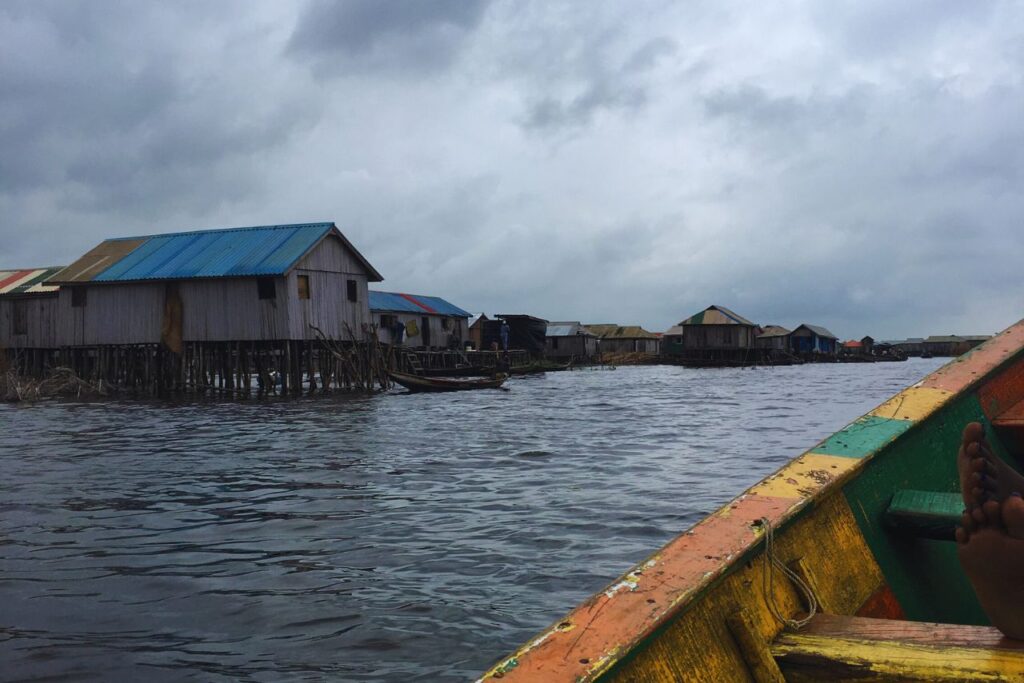
Just outside Cotonou lies Ganvié, a breathtaking stilt village built entirely on Lake Nokoué.
The Tofinu people built it centuries ago to escape slavery, creating a floating community that still thrives today.
Boat tours from Cotonou cost around 6,000–12,000 CFA ($9–$18 USD), giving visitors a chance to glide through the waterways and witness daily life on water, children paddling to school, fishermen casting nets, and floating markets selling fresh produce.
Abomey (The Ancient Kingdom)
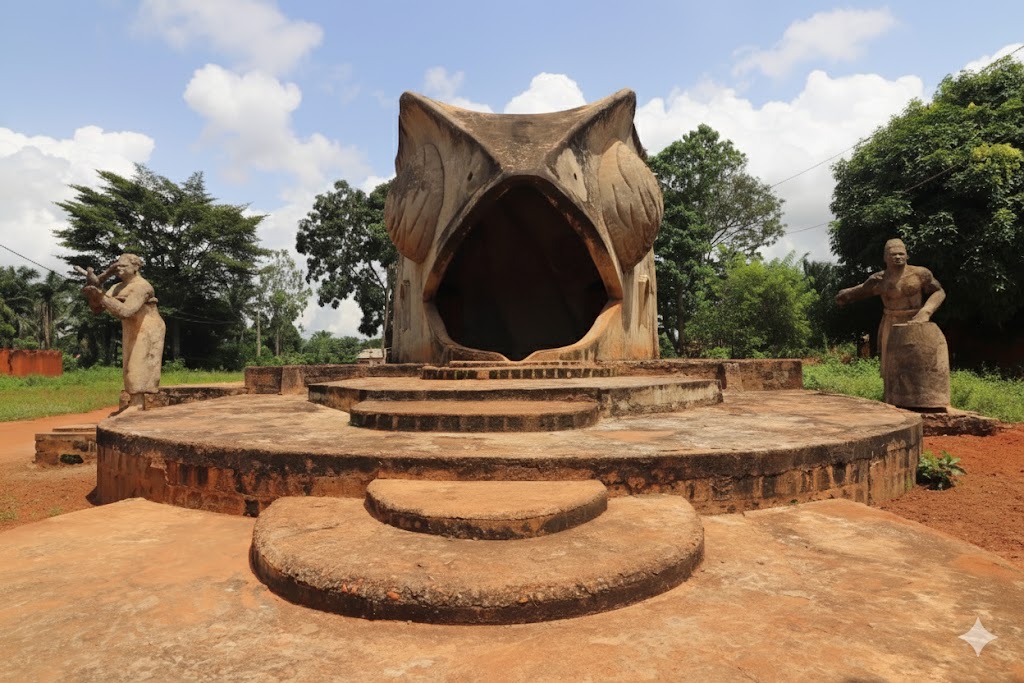
Travel inland to Abomey, a UNESCO World Heritage Site and the former capital of the Dahomey Kingdom.
The Royal Palaces of Abomey tell stories of powerful kings, warriors, and centuries-old art that still shape Benin’s identity.
Entry costs around 3,000 CFA ($5 USD), with guided tours available in English and French.
It’s a fascinating glimpse into Benin’s royal past.
Pendjari National Park

Photo source: journeysbydesign
In northern Benin lies Pendjari National Park, one of the last great wildlife reserves in West Africa.
It’s home to elephants, lions, hippos, leopards, and over 300 species of birds.
Safari tours are available, and you can stay in eco-lodges that offer sunset views over the savanna.
For nature lovers, this is a once-in-a-lifetime adventure.
Grand Popo

If you’re craving rest after your cultural explorations, head to Grand Popo, a peaceful beach town about two hours from Cotonou.
With wide sandy shores, palm-fringed beaches, and small guesthouses, it’s the ideal spot to unwind.
You can enjoy yoga by the sea, fresh seafood dinners, and long walks at sunset without the crowds.
Cultural Tours Beyond
Benin’s southern region is rich and compact, you can add more layers of tourism if time allows.
Porto-Novo & Lake Ahémé

Porto-Novo, Benin’s official capital, lies east of Cotonou.
It has a slower pace than Cotonou and deep heritage.
The royal palaces, colonial architecture, and local markets make it worth a visit. Some tours from Ouidah or Cotonou include Porto-Novo.
Nearby is Lake Ahémé, where tours mix nature and culture.
Imagine pirogues drifting past floating gardens, mangroves, fishing villages, and ritual sites. Some multi-day tours include time here to relax and explore.
Voodoo Trails & Cultural Immersion
Some guides offer immersive Voodoo Trails Tours that trace legends, spirits, healing, and ceremonies across Benin and into Togo.
These tours go beyond sightseeing: they bring you into local ceremonies (when acceptable), art, dance, and storytelling.
For instance, a two-day tour might depart Cotonou, visit Ganvié, stay in Ouidah, journey to Lake Ahémé, then return.
Another option: combine Benin and Togo in a weeklong trail of vodun practices, history, and coastal life.
If you choose a guided option, look for tours that include entrance fees, a local driver/guide, meals or at least local lunch, and respectful protocols with sacred sites.
READ ALSO: Lomé City Guide (Togo): Beaches, Markets, and Traditional Vibes
How to Plan Your Travel
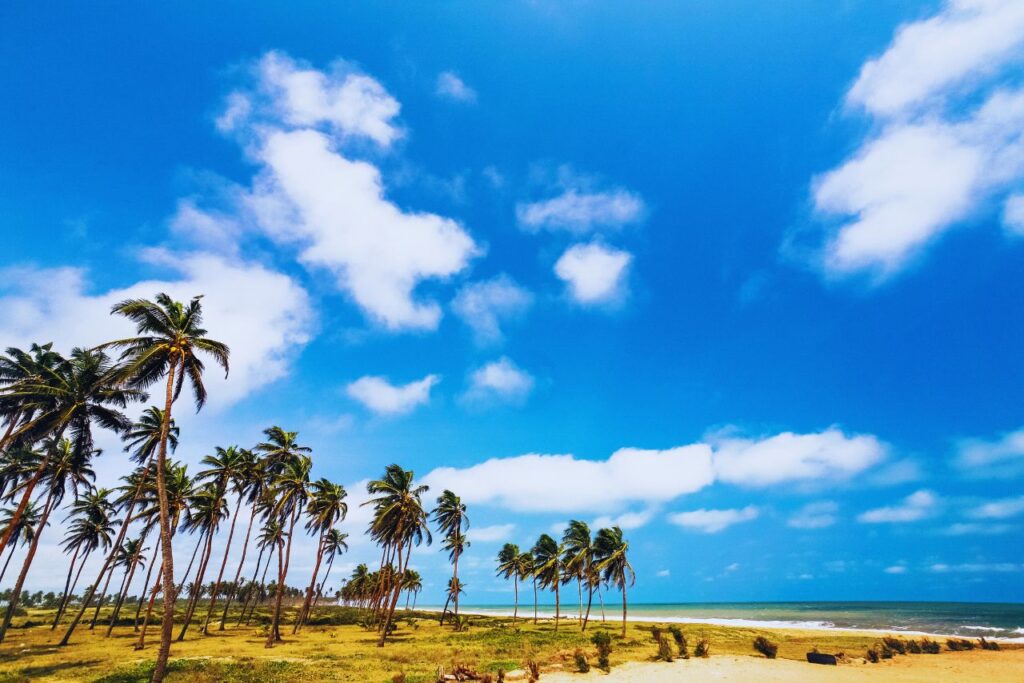
When to Go & Entry
Plan for November through February, the dry season, for more comfortable travel. You must carry a yellow fever vaccination certificate; entry is denied without it.
Getting Around & Budget
From Cotonou’s airport (Cadjehoun Airport), you’re close to the city center.
In the city: use taxis, local “zémidjans” (motorbikes), or ride apps like Gozem in Benin.
Between towns: hire a driver or join tours. Road conditions vary outside major routes.
Budget daily: $30–$40 USD can cover modest lodging, food, and local transport.
Safety & Respect
Benin is generally safe, but take care at night. Avoid poorly lit streets, flashy displays, and always secure valuables. In sacred or voodoo sites, ask permission before photographing altars or people in ritual.
Be humble, listen, observe. Respect local customs, dress modestly, especially in rural areas or religious settings.
Choosing a Tour
If you’re new to the region, start with a full-day historical tour that combines Cotonou and Ouidah.
That offers a preview of markets, the python temple, and the slave route. For deeper dives, pick multi-day packages that include Ganvié, Lake Ahémé, and immersion in vodun culture.
Always read reviews, confirm what’s included (meals, permits, transport), and ensure the guide is endorsed or local.
READ ALSO: Freetown Travel Guide (Sierra Leone): History, Food, and Island Hopping
Final Thoughts
Benin doesn’t whisper; it sings. And if you listen closely, you’ll hear its melody calling you to explore deeper, stay longer, and see the world differently.
Every road, every drumbeat, and every sunset over the coast tells you that the real journey starts here.
So don’t just read about it; feel it for yourself.
Let Cotonou be your doorway into a country that moves the soul and captures the heart. Pack your sense of wonder; Benin is waiting to meet you.







